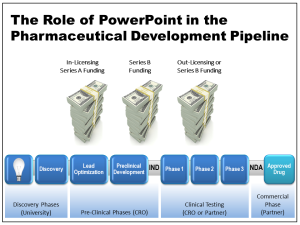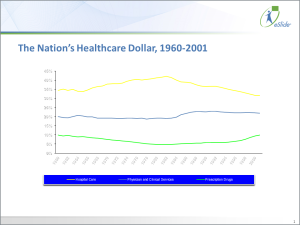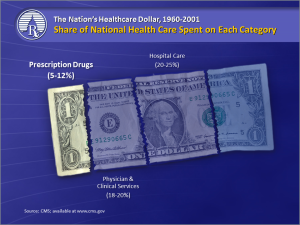The Role of PowerPoint in the Pharmaceutical Development Process
Getting a new drug to market is difficult. Typically, the research and development phase lasts about ten years, and, according to a Health Economics study from 2010, the average cost of bringing a drug to market was about $1.2 billion. With so much capital invested upfront, and with talent and resources working against the clock, few presentations are more critical than those along the pipeline.
Why are PowerPoint Presentations so important?
With the stakes so high, it’s vital to everyone involved that the important information from each drug development phase is communicated clearly and effectively. As the industry grows, developing a single drug might depend on the coordination of dozens of entities. Universities, Pharmaceutical companies, Independent labs, Contractors, and Government agencies must all communicate throughout the drug discovery process and clinical trials, all the way through to registration and marketing.
It’s not about presentations looking better, but making presentations work better
Design changes are neither superficial or simply aesthetic. Visuals should elucidate the data.
Bad PowerPoint can kill good ideas
In a competitive environment, a bad presentation is a liability for the entire process. Don’t let the success of a valuable trial be lost in miscommunication. Every presentation should reflect the dynamic talent and investment that went into getting the product to this point.
Increase the visual value of your slides
One of the best ways to improve the impact of your presentation is to improve how your information is displayed. The less time you spend explaining what’s on the screen, the more time you can spend interacting with your audience.
Which slide demonstrates best how the national healthcare dollar is spent?













